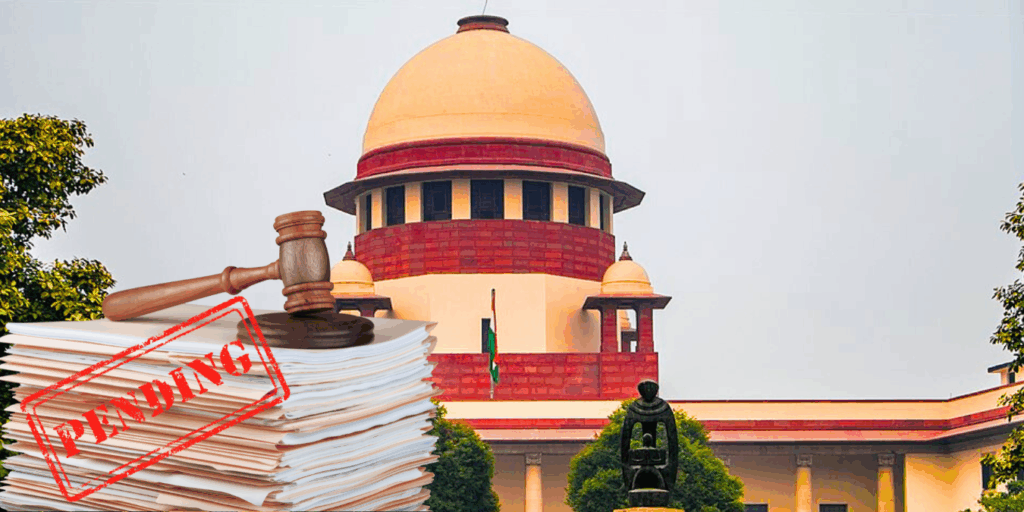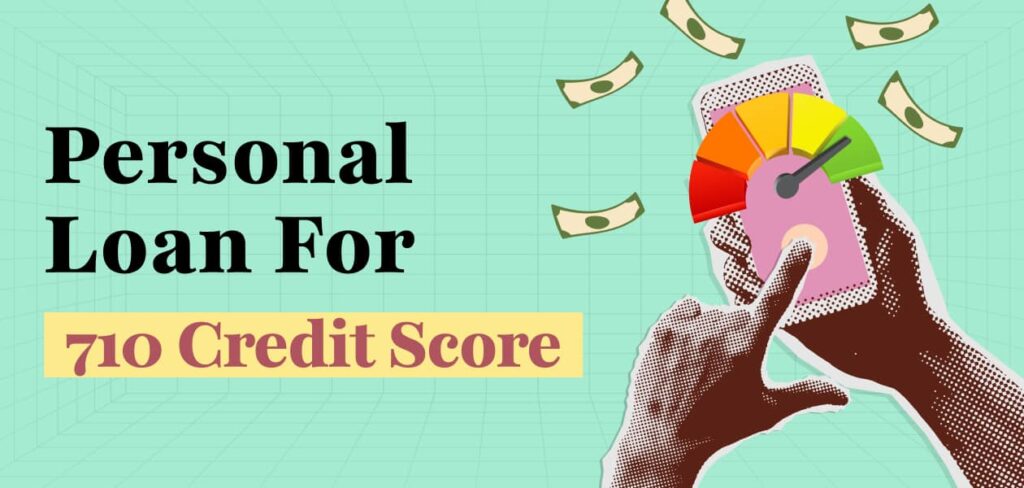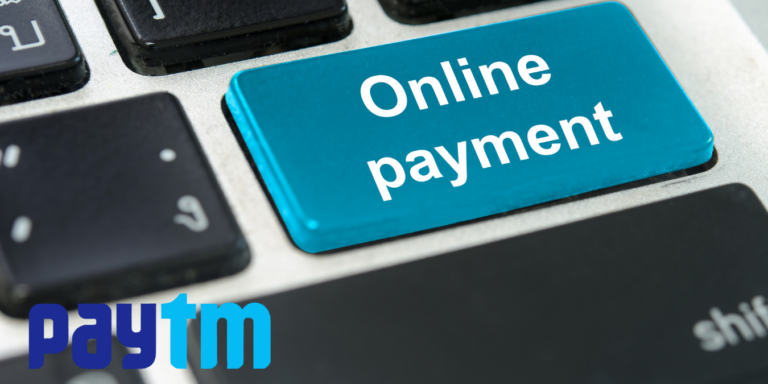
India’s digital payment revolution faces a shocking twist: NPCI bans UPI P2P collect requests from October 1, 2025, to curb ₹895 crore in fraud losses. With 14.44 billion UPI transactions in July 2025, what does this mean for your Google Pay or PhonePe? Will convenience crumble or security soar?
India’s digital economy with over 1.4 billion people relying on instant, seamless transactions. It’s fast, convenient, and quintessentially modern. But what if this everyday feature vanished overnight? The National Payments Corporation of India (NPCI) has announced a game-changing directive: starting October 1, 2025, peer-to-peer (P2P) UPI collect requests will be banned. With UPI transactions hitting a staggering 14.44 billion in July 2025 alone, this move arrives at a critical juncture. Why now? What does it mean for your wallet, your security, and the future of India’s digital payment revolution? Let’s unravel this suspenseful update, diving into the latest data, expert insights, and actionable tips to navigate this bold new chapter in India’s fintech saga.
The Rise of UPI: India’s Fintech Crown Jewel
To understand the weight of this ban, let’s rewind to the origins of the Unified Payments Interface (UPI), India’s fintech powerhouse. Launched in 2016 by NPCI, UPI has reshaped how Indians transact, boasting over 400 million unique users by mid-2025. This real-time payment system, integrated into apps like Google Pay, PhonePe, and Paytm, allows instant transfers using a Virtual Payment Address (VPA) like yourname@upi—no bank details required. UPI supports two transaction types: push (payer-initiated) and pull (recipient-initiated, or collect requests). Collect requests let users request funds, perfect for splitting bills or settling IOUs. According to the Reserve Bank of India (RBI), UPI processed ₹20.64 lakh crore in July 2025, a 45% year-on-year surge, with P2P transactions forming a significant chunk. But here’s the twist: while collect requests fuel convenience, they’ve also opened doors to cyber fraud, creating suspense around UPI’s security.
The Dark Side of Convenience: UPI Fraud on the Rise
UPI’s explosive growth—57% year-on-year in transaction volume—has a shadowy counterpart: fraud. Scammers exploit collect requests by impersonating trusted contacts, sending urgent requests like “Pay now or lose access!” to trick users into approving payments. NPCI data reveals 1.2 lakh UPI fraud cases in the first half of 2025, totaling ₹895 crore in losses, with pull transactions linked to 30% of incidents. Despite a 2019 cap limiting P2P collect requests to ₹2,000 per transaction and 50 daily successes, fraud persists. This vulnerability has built suspense, pushing NPCI to act decisively to safeguard India’s digital payment ecosystem.
NPCI’s Bombshell: The Ban on P2P Collect Requests
On July 29, 2025, NPCI dropped a bombshell via a circular: “By October 1, 2025, UPI P2P Collect shall not be allowed to be processed in UPI.” This directive bans all P2P collect requests, affecting banks and apps like PhonePe, Google Pay, and Paytm. No initiating, routing, or processing P2P pulls after October 2, 2025. Why the dramatic timing? The move targets fraud, with pilot data from banks suggesting a potential 40% drop in P2P scams post-ban. Importantly, Person-to-Merchant (P2M) collect requests remain unaffected, ensuring businesses like Flipkart and Swiggy can continue requesting payments via QR codes. With 5.6 billion P2M transactions in Q2 2025, this distinction preserves UPI’s e-commerce dominance. But for individual users, the suspense lies in how this reshapes daily transactions.
Why Now? The Urgency Behind the Ban
The timing isn’t random. UPI complaints surged 22% to 1.5 million in June 2025, per RBI’s Ombudsman data, signaling a need for stronger security. NPCI’s ban aligns with RBI’s July 2025 Master Directions on Fraud Risk Management, emphasizing proactive measures. The broader context adds intrigue: UPI’s global expansion to seven countries, with 10 million cross-border transactions in 2025, demands ironclad security. Meanwhile, India’s digital payments market, valued at $3 trillion in 2025, is projected to hit $10 trillion by 2030. The ban is part of a security overhaul, including enhanced KYC and AI-driven fraud detection, to sustain this growth while curbing cybercrime losses, which hit ₹1,700 crore in 2024-25.
How the Ban Impacts Everyday Users
Picture a Diwali party where you’re splitting a hefty restaurant bill. Pre-ban, you’d send a collect request to friends. Post-October 1, you’ll ask them to push funds via QR code or VPA. This shift flips the onus to the payer, enhancing security. A Hindustan Times analysis predicts a 25-30% drop in social engineering scams, as users won’t face unsolicited collect requests. Apps handling 80% of UPI volumes in 2025, like PhonePe and Google Pay, must remove P2P ‘Request Money’ features, potentially streamlining interfaces. But convenience takes a hit—group payments or informal loans now rely on verbal reminders or app-based split features. For rural users, where UPI penetration reached 70% in 2025 per NITI Aayog, the ban could push some toward less secure methods unless NPCI’s planned September 2025 awareness campaigns, targeting 100 million users, bridge the gap.
Technical and Regulatory Underpinnings
UPI’s four-party model—Payer PSP, Payee PSP, Remitter Bank, Beneficiary Bank—underpins collect requests, where the payee’s app sends a pull to the payer’s bank. The ban requires all 300+ banks and 50+ Third-Party App Providers (TPAPs) to block P2P pulls at the protocol level. This aligns with RBI’s fraud management directives and follows UPI’s transaction limit hike to ₹5 lakh for hospitals and education in August 2025. Will this stifle innovation? Experts say no. The ban could accelerate features like UPI AutoPay 2.0, with 200 million mandates in 2025, or biometric authentication trials. UPI’s fraud rate, at 0.0001% of transactions, is low but significant given ₹200 trillion in annual volume.
Alternatives to P2P Collect Requests
As October 1 approaches, users are curious: what replaces collect requests? Here are practical alternatives:
- Push Transactions: Request verbally, then let the payer send via QR code or VPA. Apps’ ‘Split Bill’ features simplify group payments.
- Scheduled Payments: UPI Recurring Mandate, up 60% YoY, suits regular IOUs like rent shares.
- Third-Party Tools: Apps like Splitwise integrate with UPI for debt tracking without collects.
- Bank Transfers: NEFT/IMPS for larger amounts, though slower.
- UPI Lite: Wallet-based for small P2P, with 500 million downloads in 2025.
P2M collect requests remain, boosting e-commerce, with Amazon and Flipkart reporting 40% UPI usage.
The Broader Impact: UPI’s Evolution
This ban is a pivotal chapter in UPI’s saga. While transaction volumes may dip 5-10% initially, beta tests suggest a rebound via push transactions. Compliance costs for TPAPs rise, but so does user trust, crucial as WhatsApp Pay gains ground. UPI’s credit line feature, with ₹50,000 crore disbursed since 2024, could see accelerated adoption. Globally, UPI’s presence in UAE and Singapore adds intrigue, requiring robust security. RBI’s Digital Rupee pilot, launched in 2025, might offer hybrid solutions, blending UPI’s speed with blockchain’s security.
Expert Voices and Future Predictions
“This ban is a necessary evil,” says NPCI CEO Dilip Asbe, emphasizing safety without derailing convenience. Analysts predict UPI hitting 20 billion monthly transactions by December 2025. Future innovations may include blockchain for fraud-proofing or AI chatbots for secure requests. The Digital Rupee’s integration could redefine P2P payments, blending security with speed.
Final Thought: A Safer, Smarter Digital India
As October 1, 2025, looms, the P2P collect request ban marks a turning point for UPI. Trading minor inconvenience for major security gains, it ensures sustainability in a nation where UPI is a lifeline connecting urban hustle to rural roots. Stay informed, update your apps, and explore alternatives like push transactions or UPI Lite. India’s digital payment revolution is evolving—brighter, safer, and full of potential. What will your first post-ban transaction look like? The suspense is yours to resolve.

































